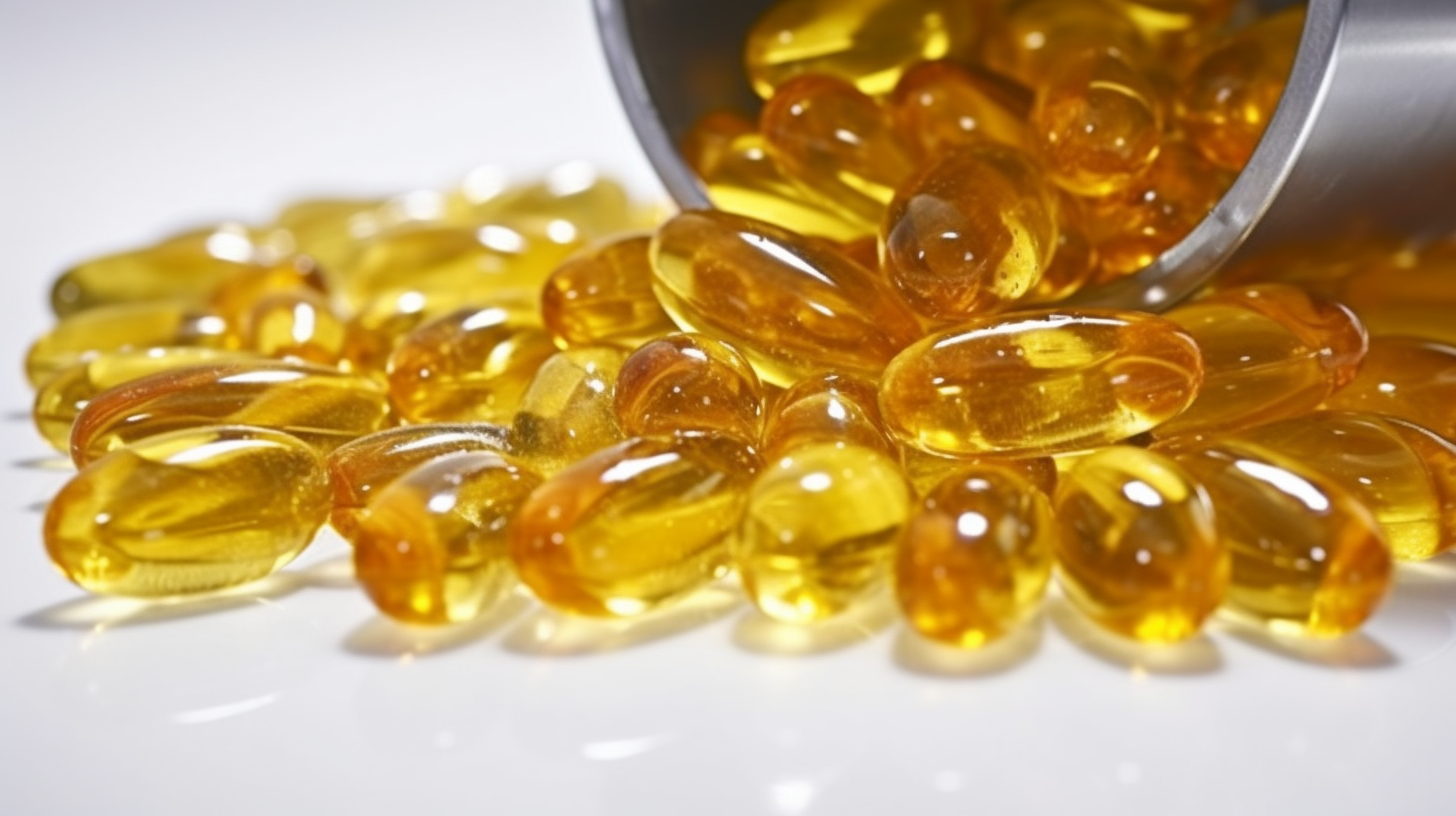
25 Feb Mastering Softgel Manufacturing Key Equipment and Processes
The Softgel Capsules Manufacturing Process
Softgel capsules are a popular and effective way to deliver various substances, including pharmaceuticals, dietary supplements, and vitamins. The production of softgel capsules involves a series of carefully controlled steps, from the formulation of the softgel tooling and fill material to the encapsulation of the final product. Let’s take a closer look at the step-by-step process of making softgel capsules.
1. Formulation of Fill Material
The process begins with the formulation of the fill material, which is the substance that will be encapsulated within the softgel. This fill material can vary widely and may include oils, suspensions, or other liquid or semi-liquid formulations. It’s crucial to ensure that the fill material is compatible with the softgel shell material and that it meets the desired specifications.
2. Shell Material Preparation
The shell material of softgel capsules is typically made from gelatin, although there are non-gelatin alternatives available. Gelatin is heated and mixed to form a gel-like solution, which is then cooled and solidified into sheets. These sheets are then cut into the appropriate size and shape for encapsulation.
3. Encapsulation Process
The encapsulation process is where the softgel capsules take shape. Two gelatin ribbons, one containing the fill material and the other serving as a seal, are fed into a rotating drum. As they come together, the softgel capsules are formed through a combination of heat and pressure. The capsules are then conveyed to drying chambers to remove excess moisture.
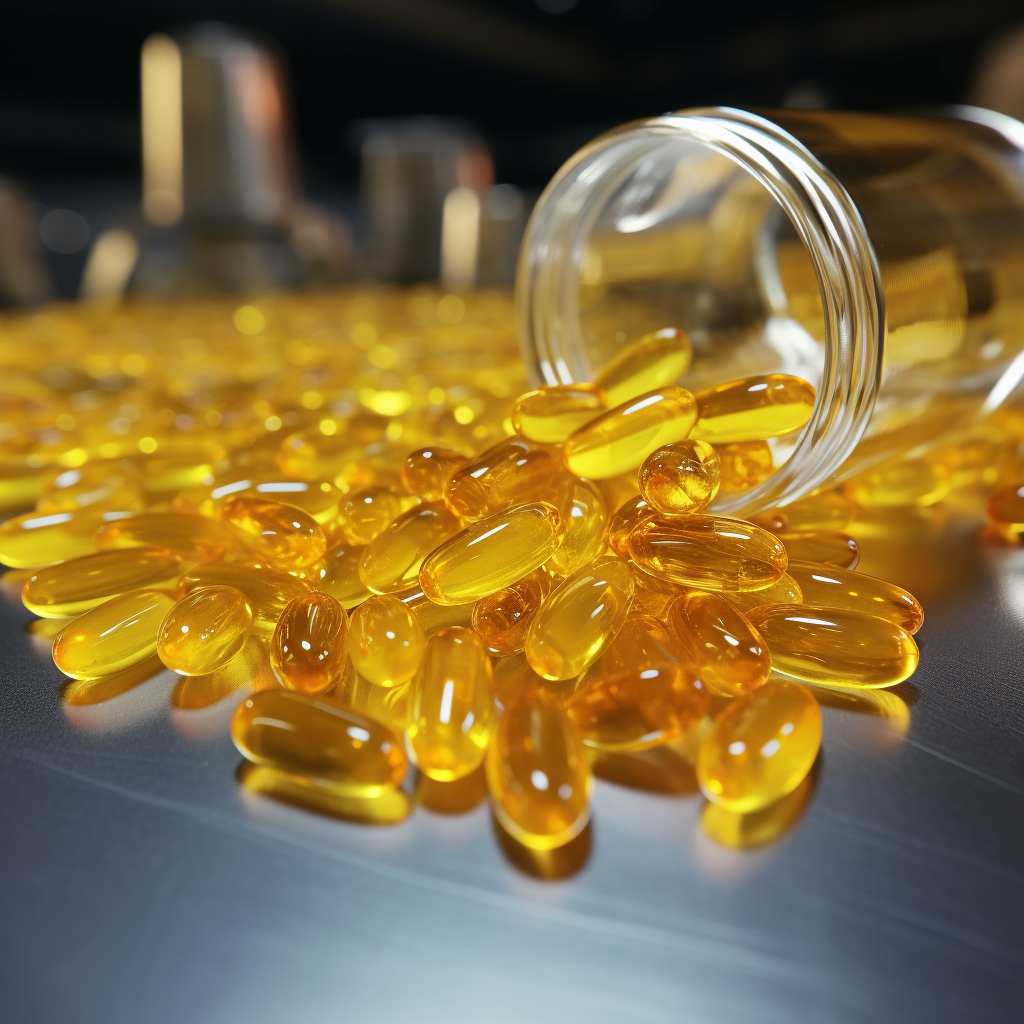
4. Drying and Curing
Drying and curing are critical steps in the softgel manufacturing process. These steps ensure that the softgel capsules maintain their shape, integrity, and stability. The drying conditions, including temperature and humidity, must be carefully controlled to prevent issues like brittleness or excessive softness in the softgel capsules uniformity.
5. Quality Control
Quality control measures are implemented throughout the manufacturing process to ensure that each softgel capsule meets the desired specifications. This includes checking for uniform fill content, proper sealing, and overall product integrity. Any of producing softgel capsules that do not meet these standards are rejected.
6. Packaging
Once the softgel capsules have been successfully produced and quality-checked, they are ready for packaging. Depending on the intended use, softgel capsules can be packaged in various formats, such as blister packs or bottles. The packaging process ensures that the capsules remain protected and stable until they reach the end user.The production of softgel capsules involves precise control of each of these steps to create high-quality products that are safe and effective for consumers.
Key Components of a Softgel Encapsulation Machine
Softgel encapsulation machines are complex pieces of equipment designed to efficiently and accurately produce softgel capsules. These machines consist of several key components, each with a specific function in the softgel encapsulation equipment and process. Let’s explore the essential parts of a softgel encapsulation machine and their roles.
1. Gelatin Melting System
The gelatin melting system is responsible for preparing the gelatin solution used to create the softgel capsules’ shells. It heats and mixes the gelatin, creating a uniform and consistent solution. This solution is then used to form the softgel capsule shells.
2. Fill Material System
The fill material system is responsible for preparing the substance that will be encapsulated within the softgel capsules. This system ensures that the fill material is properly mixed and maintained at the desired temperature and viscosity to facilitate encapsulation.
3. Encapsulation Drum
The encapsulation drum of soft gelatin encapsulation machine is a critical component where the actual formation of softgel capsules takes place. Gelatin ribbons, one containing the fill material and the other serving as a seal, come together in the drum. Through a combination of heat and pressure, softgel capsules are formed and conveyed for further processing.
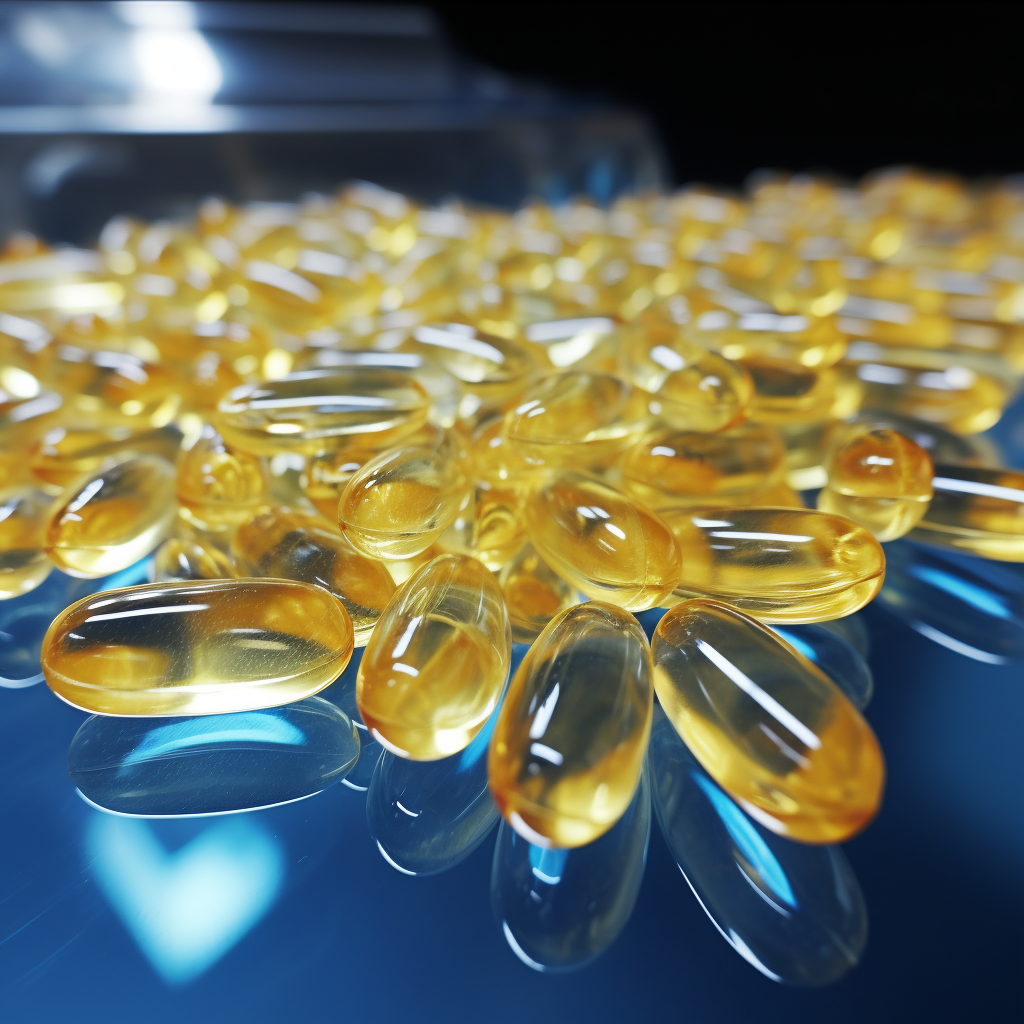
4. Drying and Curing Chambers
After encapsulation, the softgel capsules are transferred to drying and curing chambers. These chambers are equipped with controlled temperature and humidity settings to ensure the capsules’ stability and integrity. Proper drying and curing are essential to prevent issues like brittleness or excessive softness.
5. Inspection and Sorting Systems
Once dried and cured, the softgel capsules undergo inspection and sorting to identify and remove any capsules that do not meet quality standards. This step ensures that only high-quality soft gelatin capsules proceed to the packaging stage.
6. Packaging Systems
The final key component is the packaging system, which prepares the softgel capsules for distribution and use. Depending on the intended packaging format, capsules may be loaded into blister packs, bottles, or other suitable containers.
Each of these key components plays a vital role in the softgel encapsulation process, ensuring the efficient and high-quality production of softgel capsules.
Gelatin vs. Non-Gelatin Softgels
Softgel capsules come in two primary formulations: those made from gelatin and those made from non-gelatin materials. Understanding the differences between these two types of softgels is crucial, as they have distinct properties and applications.
gelatin-BASED SOFTGEL
Gelatin-based softgel capsules have been a standard in the industry for many years. They are typically made from animal-derived gelatin, such as bovine or porcine gelatin. Gelatin softgels have several advantages, including:
- Ease of Digestion: Gelatin is a protein that is easily digested by the body, making it suitable for encapsulating various substances, including pharmaceuticals and dietary supplements.
- Biocompatibility: Gelatin is generally well-tolerated by most individuals and is unlikely to cause allergic reactions.
- Versatility: Gelatin softgels can be used to encapsulate both liquid and dry formulations.
However, there are some considerations with gelatin-based softgels:
- Not Suitable for Vegetarians and Vegans: Gelatin is derived from animal sources, making these softgels unsuitable for individuals with dietary restrictions.
- Sensitivity to Temperature and Humidity: Gelatin softgels are sensitive to temperature and humidity variations, which can affect their stability.
- Halal and Kosher Considerations: Gelatin may not meet the dietary requirements of individuals adhering to halal or kosher dietary practices.
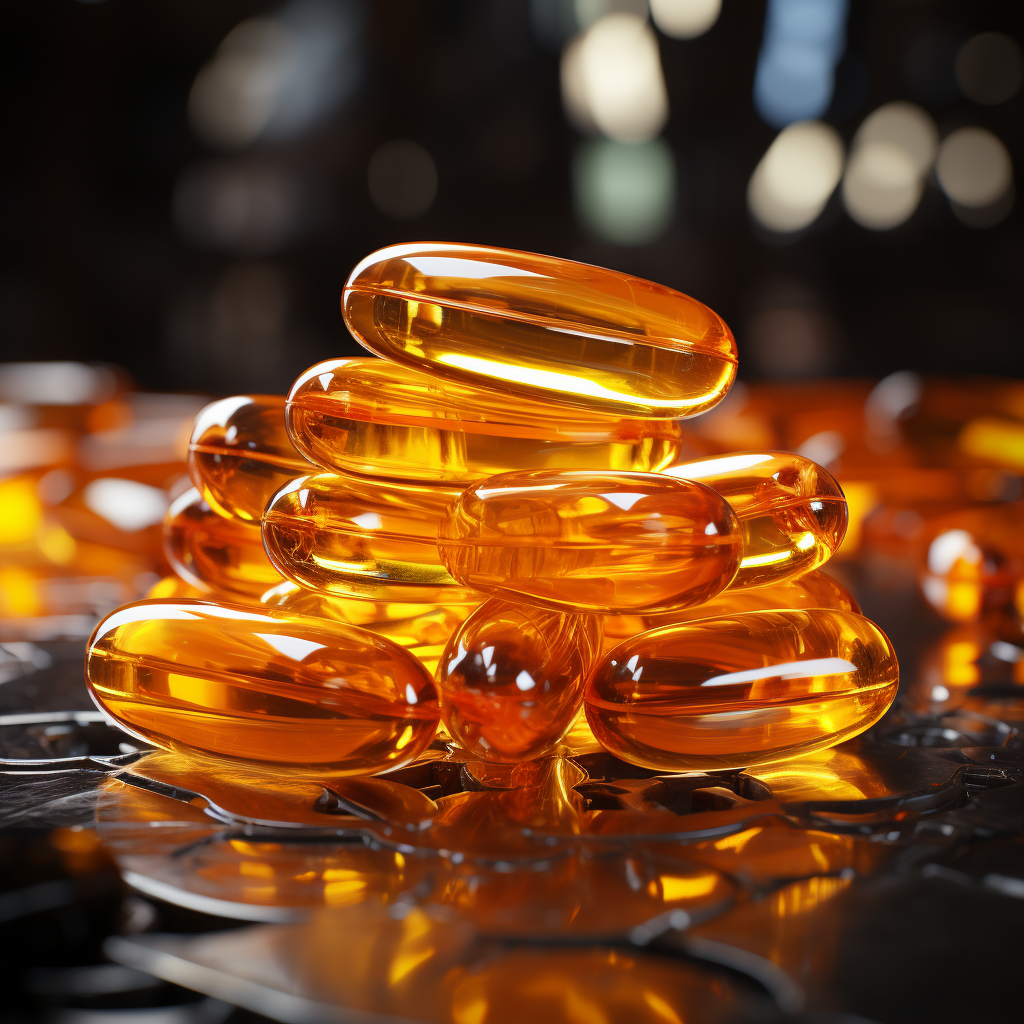
Non-Gelatin-Based Softgels
Non-gelatin-based softgel capsules are an alternative for individuals with dietary restrictions or those who prefer non-animal-derived products. These softgels are typically made from plant-based materials or modified starches. Key advantages of non-gelatin softgels include:
- Suitable for Vegetarians and Vegans: Non-gelatin softgels meet the dietary preferences of individuals who follow vegetarian or vegan lifestyles.
- Temperature and Humidity Tolerance: Non-gelatin softgels are less sensitive to temperature and humidity variations, offering improved stability.
- Religious Dietary Compliance: Non-gelatin softgels can be manufactured to comply with halal and kosher dietary requirements.
However, non-gelatin softgels may have some limitations:
- Limited Formulation Compatibility: Not all substances can be encapsulated in non-gelatin softgels due to their specific material properties.
- Potentially Higher Production Costs: The production of non-gelatin softgels may be more complex and costly compared to traditional gelatin softgels.
When choosing between gelatin-based and non-gelatin-based softgels, manufacturers and consumers must consider factors such as dietary preferences, formulation compatibility, and cost considerations.
Softgel Encapsulation Machines Types
Softgel encapsulation machines are available in various types, each with its own set of features and advantages. These machines are designed to efficiently produce softgel capsules, and the choice of machine type depends on specific production requirements. Let’s compare and contrast different types of softgel encapsulation machines.
1. Rotary Die Process Machines
Rotary die process machines are a popular choice for softgel encapsulation. These machines use a rotary die system to form softgel capsules. Gelatin ribbons, containing the fill material and sealant, pass through a set of rotating dies, where heat and pressure are applied to create the capsules. Rotary die process machines are known for their efficiency and high production capacity.
2. Reciprocating Die Process Machines
Reciprocating die process machines offer an alternative method for softgel encapsulation. Instead of using rotating dies, these machines employ reciprocating motion to create softgel capsules. Gelatin ribbons are pushed back and forth through the dies to form the capsules. Reciprocating die process machines are known for their flexibility and suitability for small-scale production.
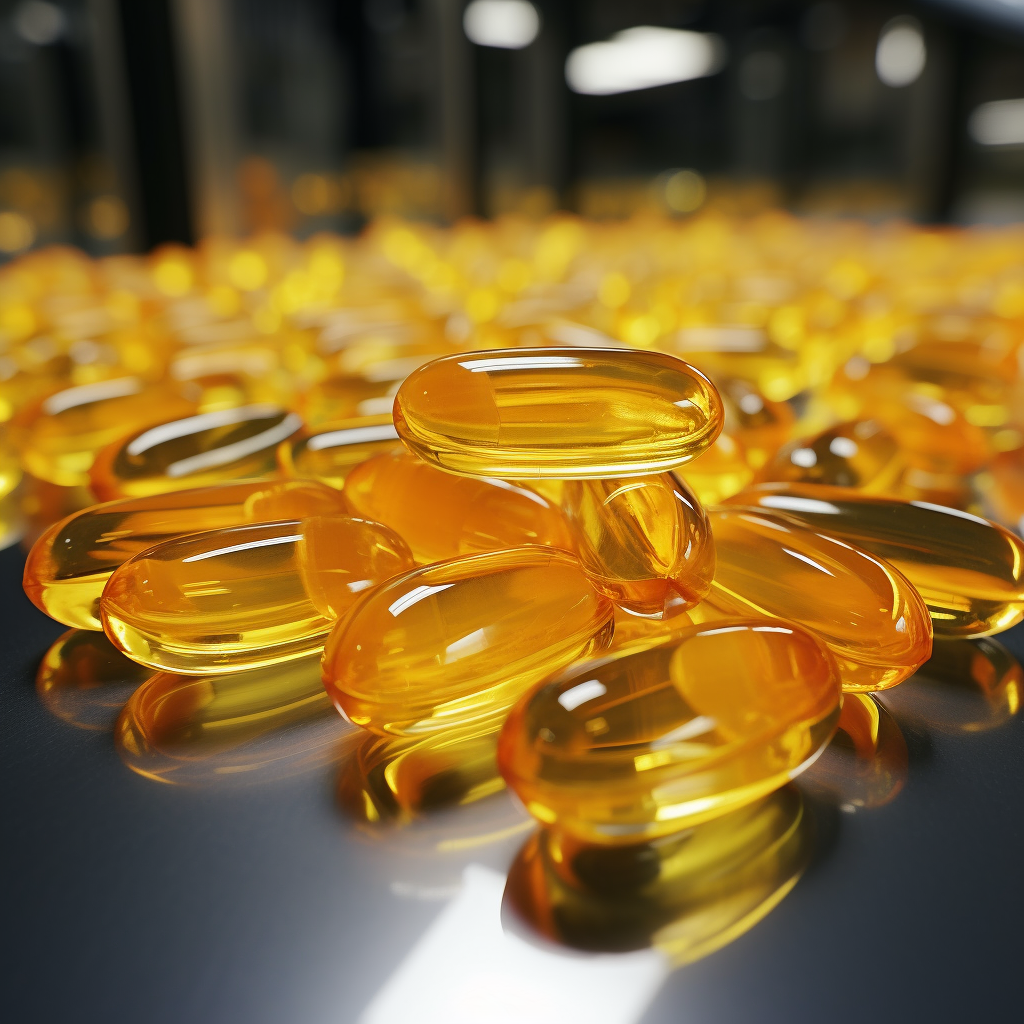
3. Tumble Drying Process Machines
Tumble drying process machines focus on the drying stage of softgel production. These machines are designed to efficiently remove moisture from softgel capsules after encapsulation. They are often used in conjunction with other softgel encapsulation machines to ensure proper drying and prevent issues like brittleness.
The choice of softgel encapsulation machine type depends on factors such as production capacity, space availability, and specific production requirements. Manufacturers carefully consider these factors to select the most suitable machine for their needs.
Considerations When Choosing Softgel Manufacturing Equipment
Selecting the right softgel manufacturing equipment is a critical decision for manufacturers in the pharmaceutical, dietary supplement, and nutraceutical industries. The choice of equipment can significantly impact production efficiency, product quality, and overall business success. Here are some key considerations to keep in mind when choosing softgel manufacturing equipment.
1. Production Capacity
Consider your production needs and capacity requirements. Different softgel manufacturing machines have varying production capacities. Ensure that the chosen equipment can meet your production goals efficiently.
2. Automation Levels
Evaluate the level of automation offered by the equipment. Automation can significantly improve production efficiency and reduce the risk of errors. Determine whether you need fully automated machines or semi-automated ones based on your production volume and budget.
3. Customization Options
Consider whether the equipment offers customization options. Depending on your specific production requirements, you may need equipment that can be tailored to accommodate unique formulations or capsule sizes.
4. Maintenance and Service
Factor in the maintenance requirements of the equipment. Regular maintenance is essential to keep the machines running smoothly. Additionally, inquire about the availability of technical support and servicing to address any issues that may arise.
5. Regulatory Compliance
Ensure that the selected equipment complies with relevant regulatory standards and quality requirements. Softgel manufacturers must adhere to strict regulations, and non-compliance can have serious consequences.
6. Budget Considerations
Determine your budget for softgel manufacturing equipment. While quality equipment is an investment, it’s essential to find a balance between quality and cost to ensure a favorable return on investment.
7. Operator Training
Consider the training requirements for equipment operators. Properly trained operators can maximize the efficiency and safety of the machines.
Choosing the right softgel manufacturing equipment involves careful assessment of your production needs, regulatory requirements, and budget constraints. By making an informed decision, you can set the stage for successful softgel production.
Softgel Drying and Curing
Drying and curing are critical stages in the production of softgel capsules. These processes are essential to remove moisture and ensure the capsules’ stability and quality. Let’s explore the importance of the drying and curing process in softgel production and the equipment used for these stages.
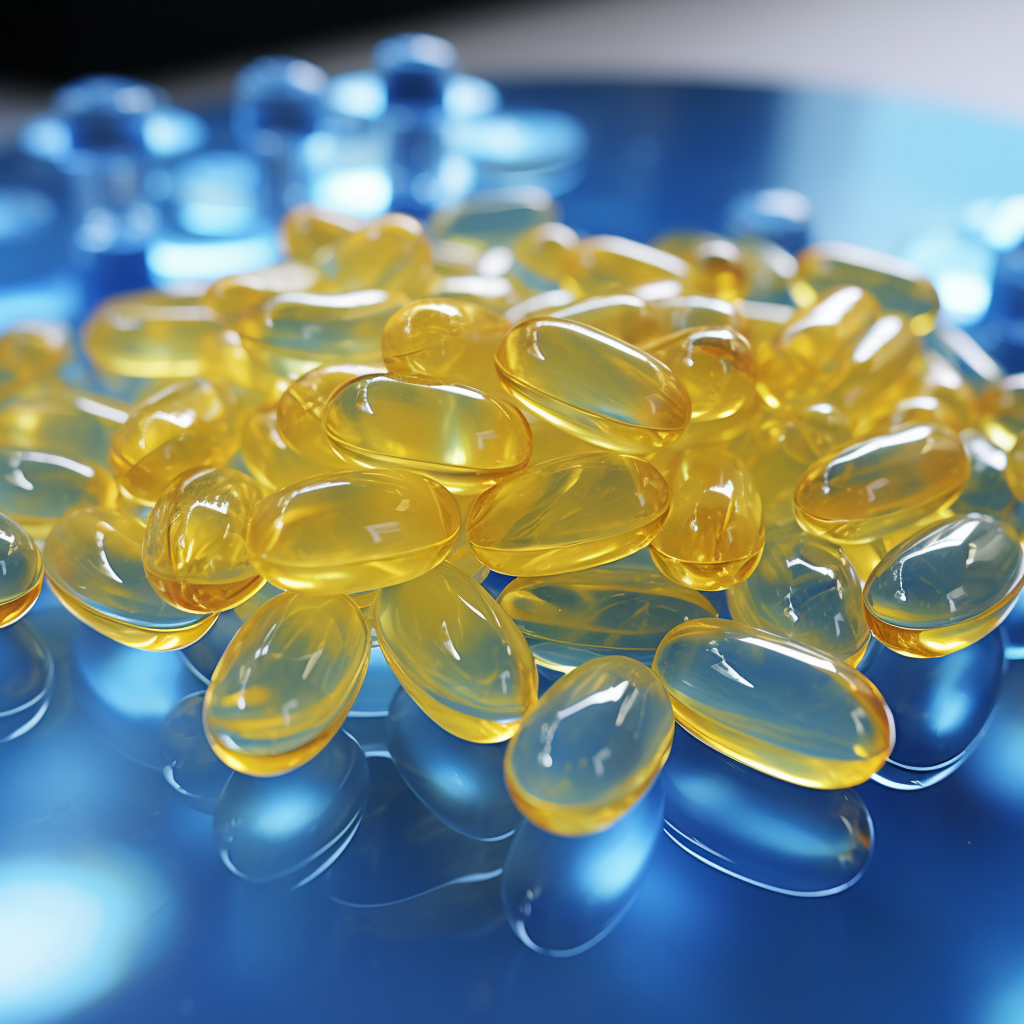
Importance of Drying and Curing
Drying and curing are essential for several reasons:
- Moisture Removal: Softgel capsules often contain a significant amount of moisture after the encapsulation process. Drying is necessary to remove this moisture, as excessive moisture can lead to issues like capsule sticking or deformation.
- Ensuring Shell Integrity: Proper drying and curing help maintain the integrity and shape of the softgel capsule shells. This prevents issues such as wrinkling or breakage.
- Preventing Microbial Growth: Excess moisture can create a favorable environment for microbial growth, which can compromise the quality and safety of the capsules.
- Enhancing Stability: Drying and curing contribute to the stability of the capsules, ensuring that they remain in good condition throughout their shelf life.
Drying Equipment
Various types of drying equipment are used in softgel production, including:
- Tumble Dryers: These machines use a rotating drum to gently tumble the softgel capsules while warm air circulates around them. Tumble dryers are effective at removing moisture and ensuring uniform drying.
- Fluidized Bed Dryers: In fluidized bed dryers, softgel capsules are suspended in a fluidized bed of hot air, which facilitates rapid and uniform drying.
- Tray Dryers: Tray dryers use trays or shelves to hold softgel capsules, and heated air is circulated through the trays to dry the capsules.
Curing Equipment
Curing is the process of further stabilizing the softgel capsules after drying. This process involves exposing the capsules to controlled temperature and humidity conditions. Curing equipment may include:
- Curing Chambers: These chambers are designed to maintain specific temperature and humidity levels to ensure proper curing. Capsules are typically held in curing chambers for a set period to achieve the desired stability.
Proper drying and curing are critical to producing high-quality softgel capsules. These processes help ensure that the capsules are free from excess moisture, stable, and maintain their integrity throughout their shelf life.
